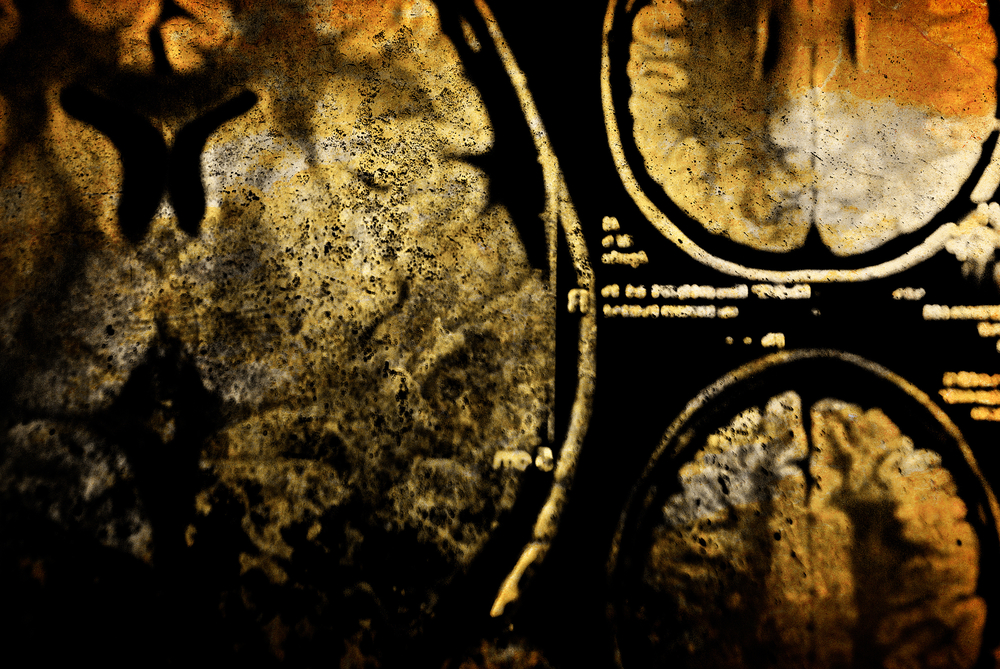Loss of Brain Volume Linked to Symptoms Before Huntington’s Diagnosis

Changes in brain volume are linked to both movement problems and cognitive decline in people with huntingtin mutations who have not yet received a Huntington’s disease diagnosis, according to a new report.
The study not only offers insights into how the neurodegeneration in Huntington’s affects the emergence of various symptoms, but also provides a basis for further research that may allow the development of more specific treatments, targeting various symptoms individually.
The study, “Cognitive Control, Learning, and Clinical Motor Ratings Are Most Highly Associated with Basal Ganglia Brain Volumes in the Premanifest Huntington’s Disease Phenotype,” was published in the Journal of the International Neuropsychological Society.
Although a diagnosis of Huntington’s disease requires obvious movement symptoms in a person with a genetic mutation or a family history of the disease, research shows that various symptoms and signs appear decades before a diagnosis can be confirmed.
Researchers at Georgia State University used data from the PREDICT HD study (NCT00051324) — a study that follows people with a genetic risk of Huntington’s disease before they receive a diagnosis.
Earlier research on the study participants revealed that cognitive, movement, functional capacity, and psychiatric changes emerge before the typical Huntington’s motor symptoms appear.
In this study, the research team examined 34 measures of cognitive, motor, psychiatric, and functional variables and examined how they correlated to measures of brain volume in five deep brain regions, in nearly 1,000 patients.
Assessments included performance-based neuropsychological tests and clinician-reported motor ratings. Psychiatric and functional capacity ratings were completed both by patients themselves, as well as by their family members.
Movement symptoms in Huntington’s arise when a brain region called the striatum begin to degenerate. So, it was not surprising that the team found that loss of brain volume in two brain areas that make up a great part of the striatum was linked to movement symptoms.
Three brain regions, including a part of the striatum, also were linked to cognitive control, with results showing that lower volumes in these areas corresponded to poorer cognitive control. Loss of brain tissue in the striatum also was linked to worse memory and learning capacity.
Although psychiatric symptoms make up a large part of the Huntington’s disease spectrum, the team did not find any correlations between brain volume and psychiatric problems. According to the researchers, this may indicate that the psychiatric symptoms arise because of changes in how the brain functions, rather than reflecting the brain’s physical degeneration.
While such functional abnormalities need to be addressed in future studies, the team suggested that the data point to the possibility that such symptoms instead should be treated with psychiatric drugs.
“Understanding the clinical changes associated with atrophy or other structural change has potential for developing a standardized set of measure for clinical trials,” they added.






